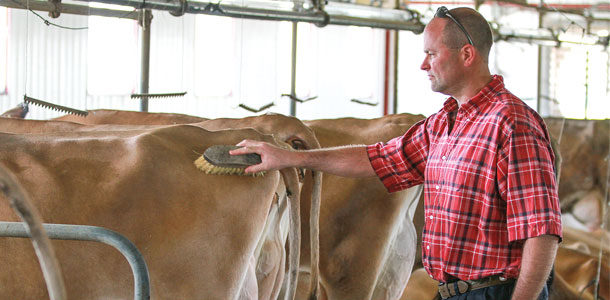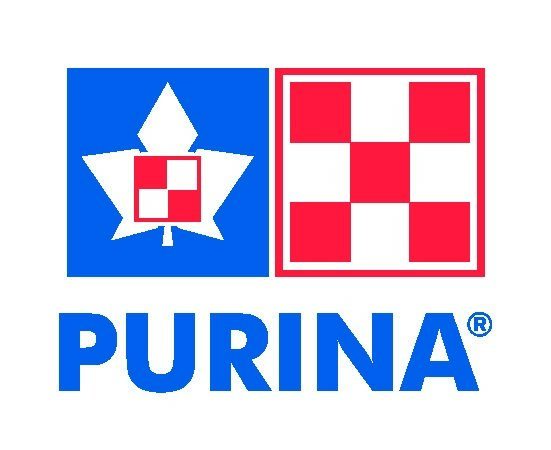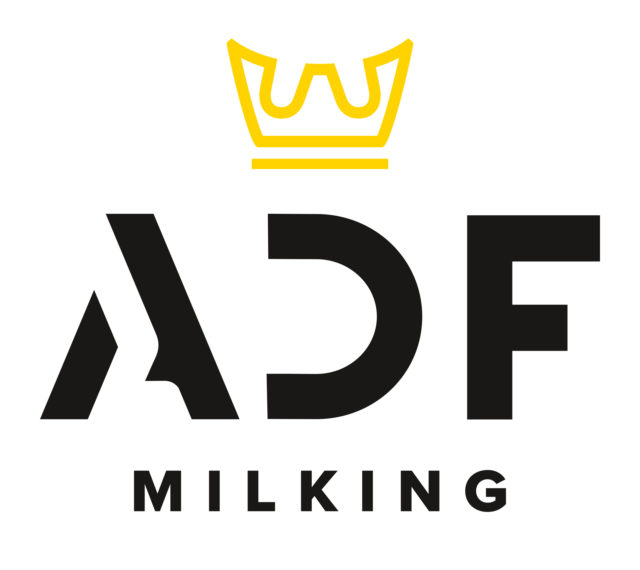Dairy cattle care: The next chapter in Canadian dairy farming
No one knows the Canadian dairy industry like Canadian dairy farmers. Now that is a truth universally known, a fact the proAction initiative is well on its way to sharing with every single soul in this country.
As you may already know, while this game-changing endeavour was undertaken by proactive farmers standing together, committed to building on their existing achievements to improve yet further and increase profitability, it is also geared towards building trust and reflecting the values of consumers whose perceptions of modern agricultural practices and their impacts on human development and the environment may not always mirror reality.
What comes first: The milk or the cow?
Animal care is at the heart of every farmer’s daily activities. The long-standing tradition of significant investments in products and services required to improve dairy cattle well-being and comfort demonstrates that. DFC itself has been investing in animal care research for more than 20 years.
Since then, research conducted in various countries has reached conclusions farmers have long known: Comfortable cows give more milk, of higher quality, and live longer and more productive lives.
While the Code of Practice for the Care and Handling of Dairy Cattle was published in 2009, DFC – in collaboration with the National Farm Animal Care Council (NFACC) and various stakeholders – began to develop an animal care assessment program in 2012.
At the time, the code of practice was the sole guidance provider for the dairy sector, so it seemed quite natural for it to lead the pack by creating an assessment program under the new framework.
Now, fast-forwarding to recent months, a dedicated team of veterinarians, validators, classifiers and farmers led a pilot project on 120 Canadian farms, representing a vast array of farm types, sizes and management styles.
Preparing the ground: The pilot project
Involving the above-mentioned stakeholders in this venture was instrumental in ensuring the project’s success, not only in matters relating to requirement and protocol testing but also to benefit from their valuable feedback and insight.
During the winter, true to the framework provided by the NFACC, the draft program allowed for the recording of three types of measures aimed at assessing animal well-being.
International animal care experts generally agree that a combination of these types of measures – animal-based measures, management measures, and resource and input measures – form the basis of a solid program.
In other words, assessors first “observe the cow,” assess farm management practices and consider the cow’s environment before ascertaining the quality of care dispensed.
The questionnaire used to gather data during the pilot covered the same five areas as the Code of Practice: housing, feed and water, animal health, the handling and shipping of animals, as well as staff training and communication.
That being said, we are now in a position to report that results show the majority of participants did indeed meet project standards without having to change their practices dramatically.
Moreover, not only was it not sufficient for most farmers to merely comply with existing regulations, but they had already set their minds and hearts on applying continuous improvement practices in order to attain the highest of standards.
Everybody wins
Now that the pilot project has been completed, what happens next?
In the fall, once the approval of the DFC delegates from all provinces has been secured, and according to the CQM two-year schedule, farmers from coast to coast will receive one-on-one training regarding the dairy cattle care assessment program and mock validation that will provide them with feedback on their practices.
Over the next two years, as the technology is perfected, benchmarking will allow farmers to compare farms.
It is easy to see why it is in everyone’s interest to jump on the bandwagon.
To name but a few of the benefits the assessment program is most likely to generate for all parties involved: providing assurances to customers that dairy farmers, working alongside dairy industry experts, can be counted upon to act as leaders in matters pertaining to product quality and sustainability; assisting farmers in meeting their goals with regard to animal health care and well-being (which impacts positively on herd longevity and productivity); providing a mechanism for continuous improvement; and allowing for the application of knowledge stemming from research which will ultimately inform future changes brought to the code of practice. PD
PHOTO
Results from the animal care assessment program pilot project reveal participants were able to meet project standards without dramatic change to their current practices. Photo courtesy of Dairy Farmers of Canada.
Dairy Farmers of Canada is the national policy, lobbying and promotional organization representing Canadian dairy farmers. It works to maintain policies that foster the viability and sustainability of Canadian dairy farms and promote Canadian dairy products and their health benefits through advertising, contests, partnerships, media relations and nutrition programs.









